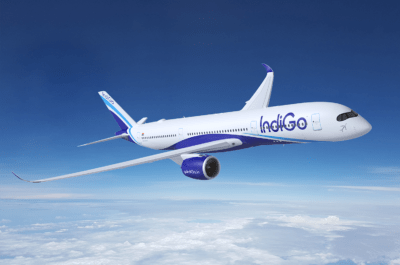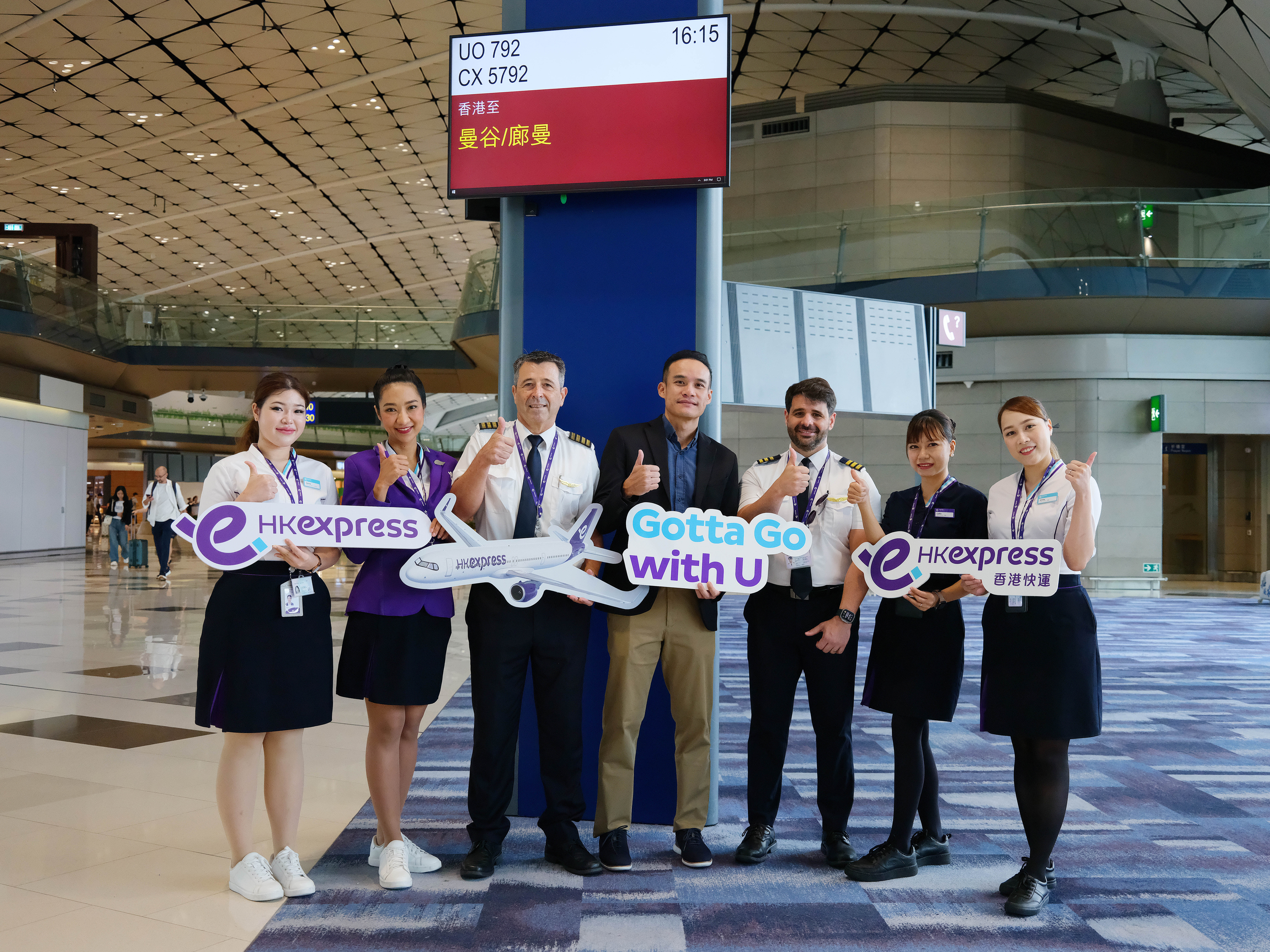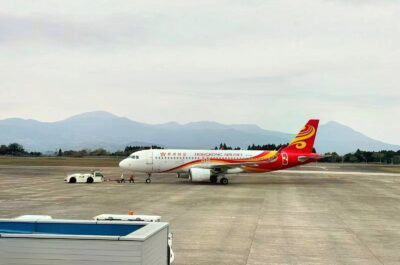Across the globe, consumers continue to turn to the web for their travel needs. From trip research, price comparison shopping and booking, consumers are finding the convenience of the web vital to their personal and business travel. As we look across markets, with a focus on Asia Pacific in particular, we are finding various demographic trends driving growth across the online travel industry. Understanding these trends is important for suppliers and OTAs alike in order to build a strong online presence and increase their share of consumers’ travel wallets…

Across the globe, consumers continue to turn to the web for their travel needs. From trip research, price comparison shopping and booking, consumers are finding the convenience of the web vital to their personal and business travel. As we look across markets, with a focus on Asia Pacific in particular, we are finding various demographic trends driving growth across the online travel industry. Understanding these trends is important for suppliers and OTAs alike in order to build a strong online presence and increase their share of consumers’ travel wallets.
The following report provides an overview of key trends in the global online travel industry, with a focus on the Asia Pacific region. It also provides an analysis of the low-cost airline market and how consumer demographic trends are influencing these growing online brands.
Globally, 446-million unique visitors age 15+ visited a travel site from a work or home computer in February 2011. This represents one-third of the worldwide internet audience and is an 18% increase in visitors compared to February 2010.
The majority of visitors to travel sites come from Europe or North America; 63% come from those two regions, though they only represent 42% of the global internet population. In February 2011, internet users in the Asia-Pacific region represented 41% of the total global internet population, but only represented 26% of visitors to online travel destinations.
Countries with the highest rates of travel site visitation are primarily in Europe and North America. The United Kingdom tops the list, with two-thirds of its online population visiting travel sites in February. A notable exception is Singapore, a small city-state where practically any flight is bound to be for an international destination. More than half of internet users in Singapore visited a travel site during the month of February.
Among travel subcategories, travel-information is the most popular, with 208-million global visitors. Online Travel Agents (OTAs) are also very popular, with a combined 181-million unique visitors in February 2011. Hotels/resorts sites received 119-million worldwide visitors during February, while airlines reached 114-million visitors.
Globally, visitors to travel sites generally skew to an older audience. Compared to the average distribution of worldwide internet users, travel visitors are more likely to be over the age of 45.
Demographic distribution varies considerably by region, however – travel site visitors in Asia Pacific and Latin America are much younger, on average, than their European and North American counterparts. More than half of travel site visitors in Asia Pacific and Latin America are under the age of 34.
As with the travel category overall, countries with the highest visitation rates to airlines sites are primarily in North America and Europe. Singapore and Malaysia are among the top 12, as are Australia and New Zealand. However, two-thirds of the fastest-growing countries for this category are in Asia, led by China, Vietnam, and Hong Kong. In China, this translates to 6.8-million additional visitors to the category compared to last year.
In the Asia-Pacific region, low-cost airlines have posted significant growth over the past year. Malaysian discount airline Air Asia added an impressive 1.2-million visitors to its website in the past year to maintain its lead as the top-visited low-cost airline site in the Asia Pacific region. Tiger Airways posted the strongest growth, tripling its online traffic to reach 1.8-million visitors, while Malaysia’s Firefly and India’s Indigo posted growth of 89% and 70%, respectively.
Most of Asia Pacific’s low-cost airlines have online audiences that skew substantially younger than the regional averages. Skymark, the single exception, operates primarily in the Japanese market, which has a baseline distribution that is much older than elsewhere in the region.
In North America, visitors to Southwest and JetBlue do not show the same youthful skews: in fact, they skew substantially older than the internet average.
Visitors to the two largest European low-cost carriers (Ryanair and easyJet) track closely with the overall age distribution of the European online audience.
Low-cost airlines in Asia Pacific have already seen substantial growth, even in just the past year. With many of these carriers adopting highly web-centric models, it is significant that they attract more than their fair share of the young Internet users in the region. For these young travellers, low cost airlines may be the first time that they have to book and buy their own travel. Significant upside in the market remains as internet penetration increases in the region, and people who could not afford to travel before can now take cheaper flights. The younger generation will also begin to influence the older internet users to adopt the web as a channel for researching and booking travel.
Said John Koldowski, deputy chief executive officer and head, office of strategy management, PATA: “PATA sees low cost carriers as an increasingly important part of the travel ecosystem in the Asia Pacific, and this study has proven that.” As consumers across demographic segments continue to turn to the web for their travel needs, it is important for brands – hotels, airlines, travel agents and even tourism boards – to develop a strategic online strategy to succeed in this increasingly competitive market.
In March 2011, PATA has joined forces with comScore Inc, a global leader in measuring the digital world and the preferred source of digital marketing intelligence. This includes providing comScore data and insights in PATA’s Travel Intelligence Graphic Architecture (TIGA) initiative.
Theodore is the Co-Founder and Managing Editor of TravelDailyNews Media Network; his responsibilities include business development and planning for TravelDailyNews long-term opportunities.




















![[PR] PR_Ascott and Vimut Hospital_2024](https://www.traveldailynews.asia/wp-content/uploads/2024/04/PR-PR_Ascott-and-Vimut-Hospital_2024-400x265.jpg)






















































